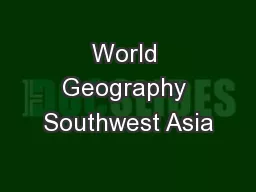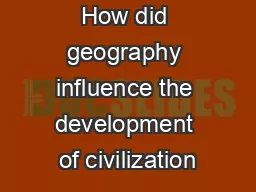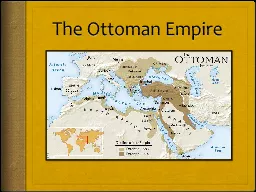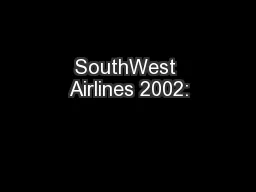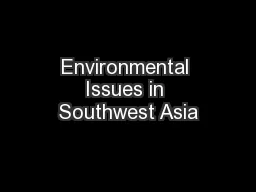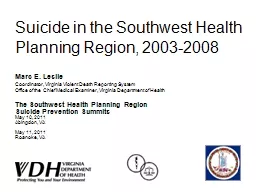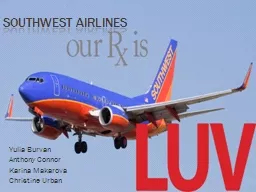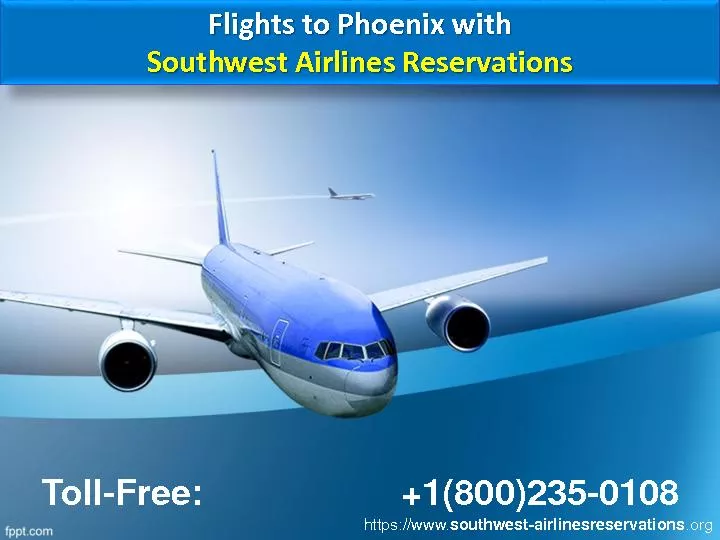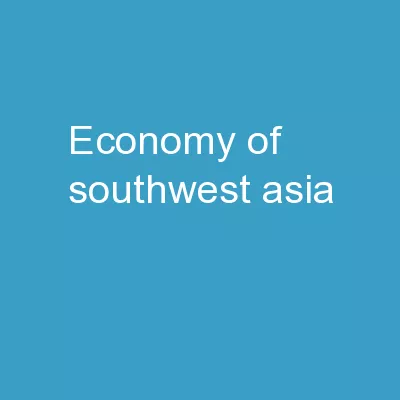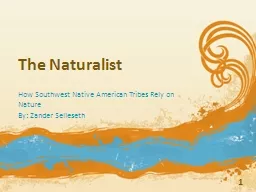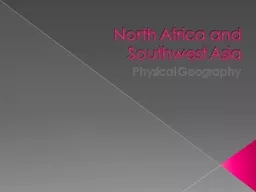PPT-World Geography Southwest Asia
Author : natalia-silvester | Published Date : 2018-10-25
Physical Sub regions of Southwest Asia The Arabian Peninsula Saudi Arabia Bahrain Kuwait Oman Yemen Qatar amp United Arab Emirates Lies between Red Sea and
Presentation Embed Code
Download Presentation
Download Presentation The PPT/PDF document "World Geography Southwest Asia" is the property of its rightful owner. Permission is granted to download and print the materials on this website for personal, non-commercial use only, and to display it on your personal computer provided you do not modify the materials and that you retain all copyright notices contained in the materials. By downloading content from our website, you accept the terms of this agreement.
World Geography Southwest Asia: Transcript
Download Rules Of Document
"World Geography Southwest Asia"The content belongs to its owner. You may download and print it for personal use, without modification, and keep all copyright notices. By downloading, you agree to these terms.
Related Documents

